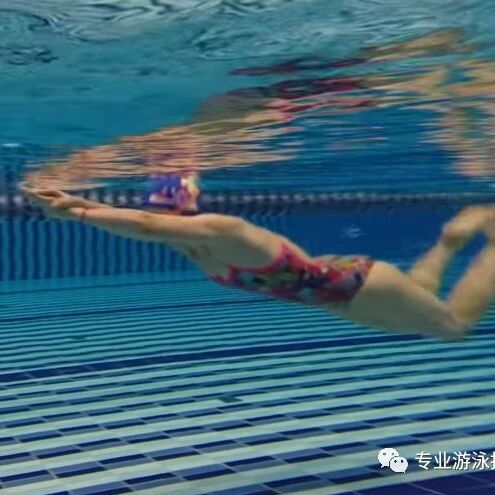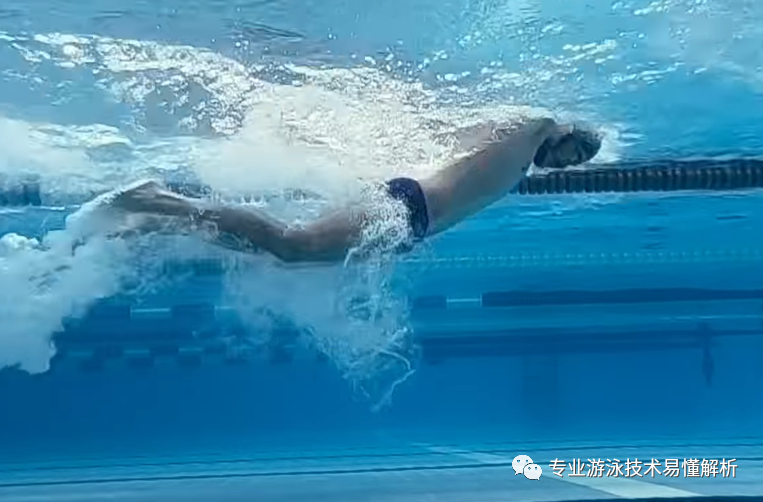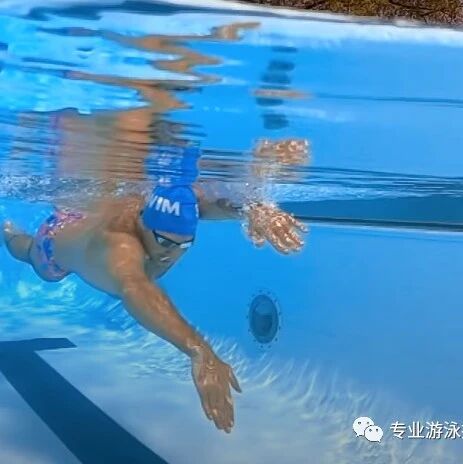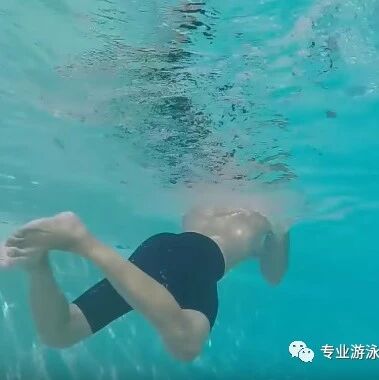Three Main Reasons Why You Can't Get a Proper Butterfly Kick, Plus Pain-Free Beginner Tips for Butterfly Swimming

When it comes to the ease of learning each stroke, breaststroke and freestyle are relatively straightforward—each can be mastered by getting the individual limb movements right. For instance, in breaststroke, as long as the kick is executed properly, you can still glide forward even if your arm movements aren’t entirely correct. Similarly, in freestyle, if your arm technique is solid, you can make decent progress—even without perfect leg coordination, perhaps just flicking your feet slightly will keep you moving smoothly. However, mastering butterfly requires learning the entire swimming motion as a cohesive unit. Yet, the "whole-body approach" for butterfly differs significantly from that of freestyle. In freestyle, the key lies in engaging your core tightly, maintaining a rigid body position, and ensuring smooth, coordinated upper-to-lower body movements to generate powerful propulsion. In contrast, butterfly demands a more dynamic interplay: driving through the hips into the waist, using the waist to guide the hips, executing fluid leg kicks, and leveraging the arms to push water effectively with the momentum created.

1. Basic Practice Methods for Beginners in Butterfly Swimming
Mastering butterfly doesn’t hinge on the dolphin kick—or even the butterfly arm movements, for that matter. Instead, it’s all about finding the right swimming rhythm and perfecting your ability to smoothly control your body’s undulating motion. To put it simply, it’s about "finding that effortless, fluid flow." When first learning butterfly, it’s best to already have a solid grasp of freestyle and breaststroke, as these will serve as a strong foundation. Once you’ve built that base, you can gradually ease into butterfly by focusing on these three key exercises—helping you lock in the perfect rhythm for this elegant stroke.
Frog-hand, butterfly-leg drills: Perform the arm movement using the breaststroke arm technique, synchronized with the butterfly kick. Time your leg recovery exactly as you would in breaststroke—focus on a slow, controlled recovery—but ensure powerful downward propulsion during the kick. As your arms extend forward in the frog-like motion, initiate the butterfly kick simultaneously, aiming to create a sensation of sinking and surging forward through the water—no need to deliberately press down on your chest.
Butterfly hand and freestyle kick drill: Perform the leg using the freestyle kick, aiming for at least four kicks—ideally six. For the arm, use the butterfly stroke technique, ensuring proper water catch and push. When exiting the water, make sure your movements are clean and efficient, with arms fully relaxed. Pay close attention to whether your shoulders remain submerged throughout the stroke. As you extend your arms forward, keep them shoulder-width apart, slightly flaring them wider than shoulder width—about one palm’s distance. Focus on a solid water catch, and as you push through the water, consciously lengthen your neck, visualizing a ball ahead that you need to "touch" with your head. This will help you tap into that powerful, forward-driving sensation!
Practice the butterfly kick smoothly, keeping your arms extended forward and relaxed. Focus on executing the butterfly kick while consciously feeling the coordinated motion of your hips lifting and engaging your lower back between each kick. Gradually shift your attention to your hip areas. Once you notice a clear, rhythmic undulation generated by two consecutive kicks, gently place your arms along your hips and continue refining your technique with seamless, fluid movements.

2. Common Pitfalls to Watch Out for When Starting Butterfly Swimming
Mistake No. 1: Being overly eager for quick results. Whether you're learning any swimming stroke, it's recommended to follow the Full Immersion Swimming Practice System—focusing entirely on how your body feels in the water and fully immersing yourself in the experience. Developing a strong "water sense" is the foundation and key to continuously refining every movement. This principle applies equally to beginners learning butterfly: avoid forcing your movements at all costs. Whether it’s the butterfly kick or the arm pull-through, resist the temptation to apply excessive force, as this can hinder your ability to truly connect with and understand the sensation of being in the water.
Mistake No. 2: Overextending the arms outward. When the butterfly stroke arms extend forward, they shouldn’t be pulled too close together, as this can lead to an excessively long outward sweep, disrupting the timing of the subsequent water catch and push phases. After the butterfly arms finish their forward extension, your body will naturally glide forward slightly due to the butterfly kick—so don’t rush into the outward sweep at this moment. Instead, once your arms are slightly wider than shoulder-width apart during the outward motion, immediately begin pulling the water downward toward your chest, then swiftly push it outward and away from your sides. Avoid sweeping your arms too wide, as this can result in an ineffective water catch, causing the entire push phase to rely solely on pushing water from the sides of your body. This, in turn, makes it harder for your body to clear the water surface during the butterfly stroke.
Pitfall #3: Stiff hips and lower back. Butterfly kick technique—similar to the flutter kick in freestyle—is often misunderstood. While it’s called a "leg kick," the key isn’t actually kicking the water; instead, you’re pressing down on the water with your legs and feet. It’s crucial to maintain an awareness of this pressing motion, avoiding the temptation to simply kick like in other strokes. The real power lies not in the leg movement itself but in how the force generated is transferred upward through the hips and then forward, ultimately reaching the waist to create a natural, undulating motion. Avoid locking your core tightly, as this could cause your hips and lower back to become rigid, negating the efficient transfer of energy from the hips to the upper body.

One WeChat official account shares swimming tips, while another focuses on software insights, online resources, and reading experiences.
Thank you for your supportive and encouraging likes—especially appreciated are the comments that spark conversation, as well as more shares to spread the word!


Related Articles

Atypical skills in swimming: What you need to know for nonstop, effortless long-distance swimming

Detailed improvements in freestyle: refining everything from patient hand movements to the precise coordination of arms and legs during the side-to-side drill.
